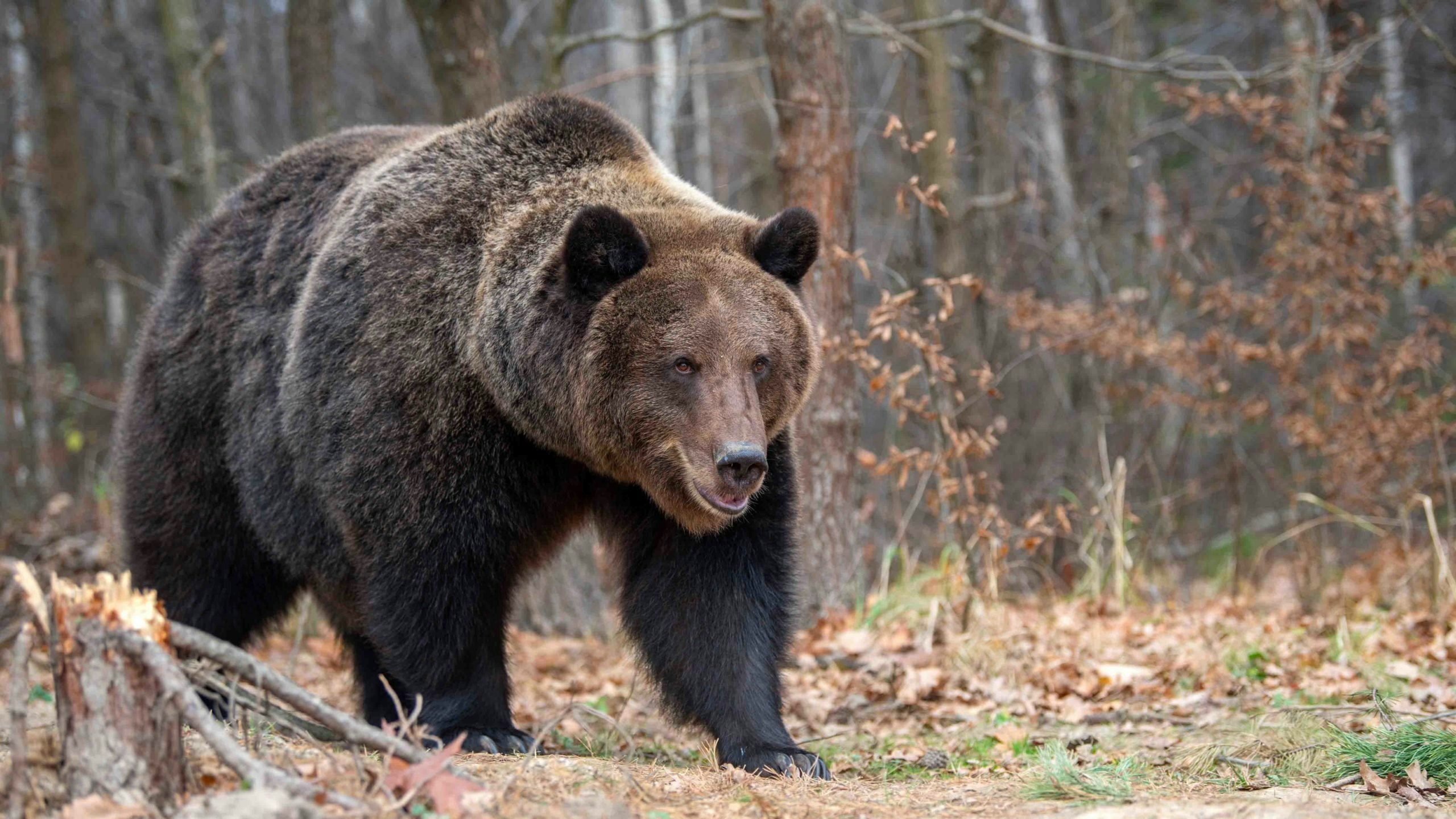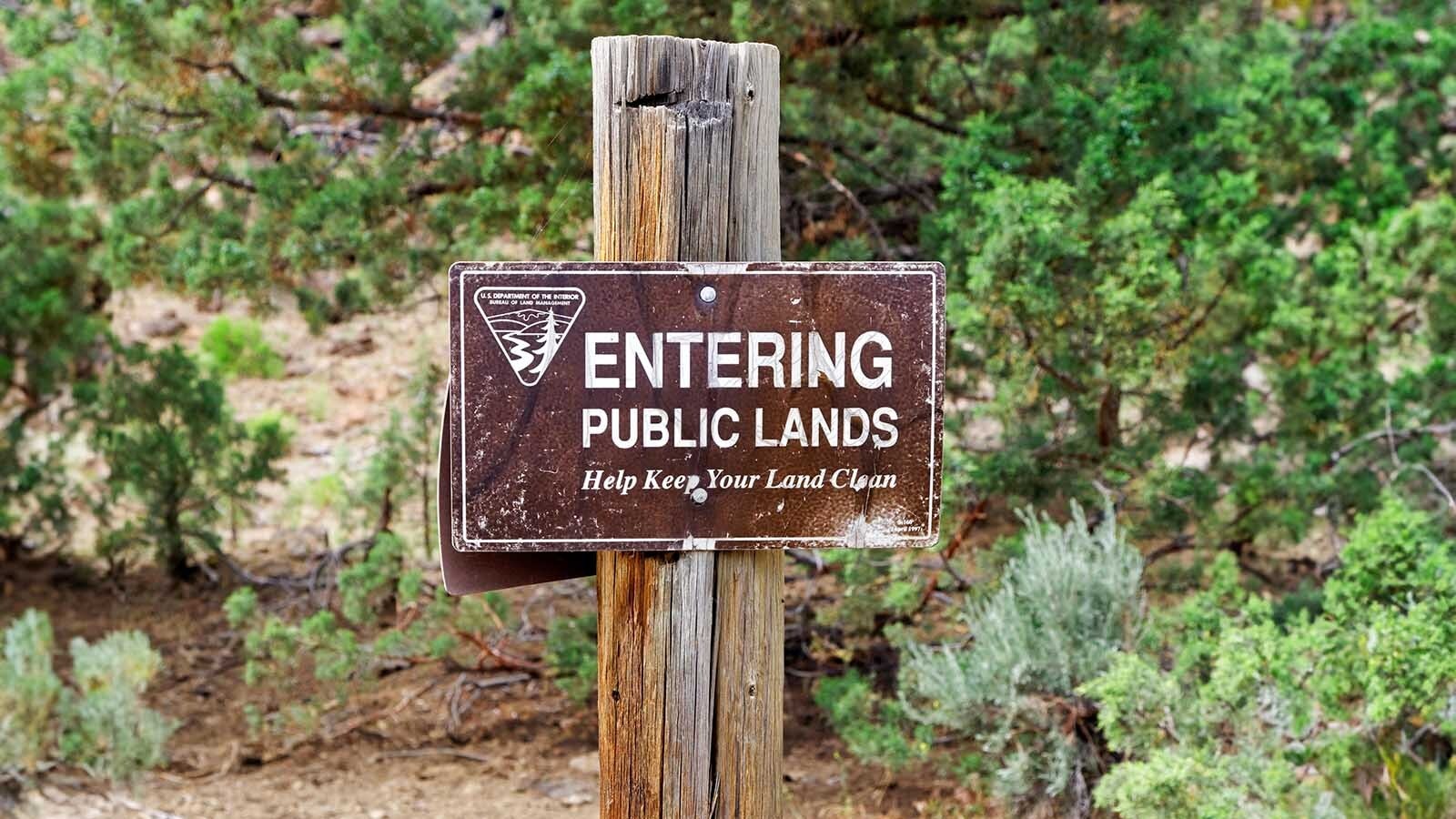A congressional proposal to remove grizzly bears from the endangered species list would benefit the bears and humans, according to hunters and the state Game and Fish Department.
U.S. Sen. Cynthia Lummis, joined by U.S. Sen. John Barrasso, is sponsoring legislation to “delist” the Greater Yellowstone Ecosystem’s grizzlies and put their management in the hands of state wildlife officials.
Joe Kondelis is the president of the Western Bear Foundation, a non-profit organization dedicated to the protection and development of bears, bear habitat, and bear hunting in Montana, Idaho and Wyoming.
In his opinion, the legislation is welcome.
“The only way we’re going to get the grizzly bear delisted, in my opinion, is to do it federally, because time has proven that anti-delisting groups litigating and suing prevent putting it into state management,” Kondelis said.
The politics of delisting are frustrating for Kondelis and his organization, he said.
“I think the struggles have been — we have one criteria for a species, until that criteria is met… and then society changes that,” he said. “The scientists and the managers haven’t changed it, but public perception changes, and then all of us who live in the Greater Yellowstone Ecosystem have to suffer.”
The Wyoming Game and Fish Department’s Director, Brian Nesvik, in the December issue of the department’s magazine “Wyoming Wildlife,” expressed his own frustration in the slow-moving inner workings of politics when it comes to the management of the burly bruins.
“Despite the fact that the population is recovered by all scientific measures and has been for nearly 20 years, the state is not allowed to implement its grizzly bear management plans,” Nesvik wrote.
Kondelis said his organization is also advocating for state management of the bears, rather than putting them under the auspices of the U.S. Fish and Wildlife Service.
“If we could move into state management we would have more flexibility to manage the population for health and sustainability,” he noted.
In the “Wyoming Wildlife” article, Nesvik detailed the efforts that have been made by the Wyoming Game and Fish Department for grizzlies and other species, pointing to success in the recovery of the grey wolf population, which is thriving even after four years of legal hunting in Wyoming.
Hunting, as a matter of fact, is one of the key tools used in wildlife population management, according to Nesvik.
“Our time-tested model for managing many wildlife species in North America, including large carnivores, has always included hunting,” he wrote.
Kondelis’ organization agrees.
The Western Bear Foundation, based in Cody, is both a hunter advocacy group and a bear conservation organization. With around 500 volunteer members comprised of representatives from most states, the Foundation has a vested interest in the survival of the species.
“Are we doing enough at the state level to ensure there’s a future for bears on our landscape, for not only hunters to enjoy but for everyone to enjoy?” Kondelis asked. “With that comes proper sound management and using science to basically guide our decisions as far as management goes.”
Kondelis said he knows many sportsmen and others who recreate in the northern Continental Divide ecosystem who have had encounters with grizzly and other bears.
“It’s becoming part of the lexicon out West,” he said.
He added that the estimates that are being reported regarding the bear population are most likely on the conservative side and are likely skewed by the fact animals are wandering more and more outside their traditional habitat.
“These bears are moving out of their native ranges and into new areas that they’ve never been since the settlers came over,” he said. “And so that’s where the trouble has been lately — not in the demographic monitoring area as much as it has been outside of that.”
Lummis introduced the Grizzly Bear State Management Act of 2021 Barrasso and fellow U.S. Sens. Mike Crapo and James Risch of Idaho and Steve Daines of Montana. The companion version of this legislation was previously introduced in the House by Rep. Liz Cheney of Wyoming.
In 1975, there were 136 grizzly bears in the Greater Yellowstone Ecosystem. In 2019, there were 728 bears, evidence of an effective conservation effort. At this point, grizzly numbers have been in the 700s for a number of years. The Interagency Grizzly Bear Study Team’s analysis suggests that the park is at or near its ecological carrying capacity for grizzly bears.





